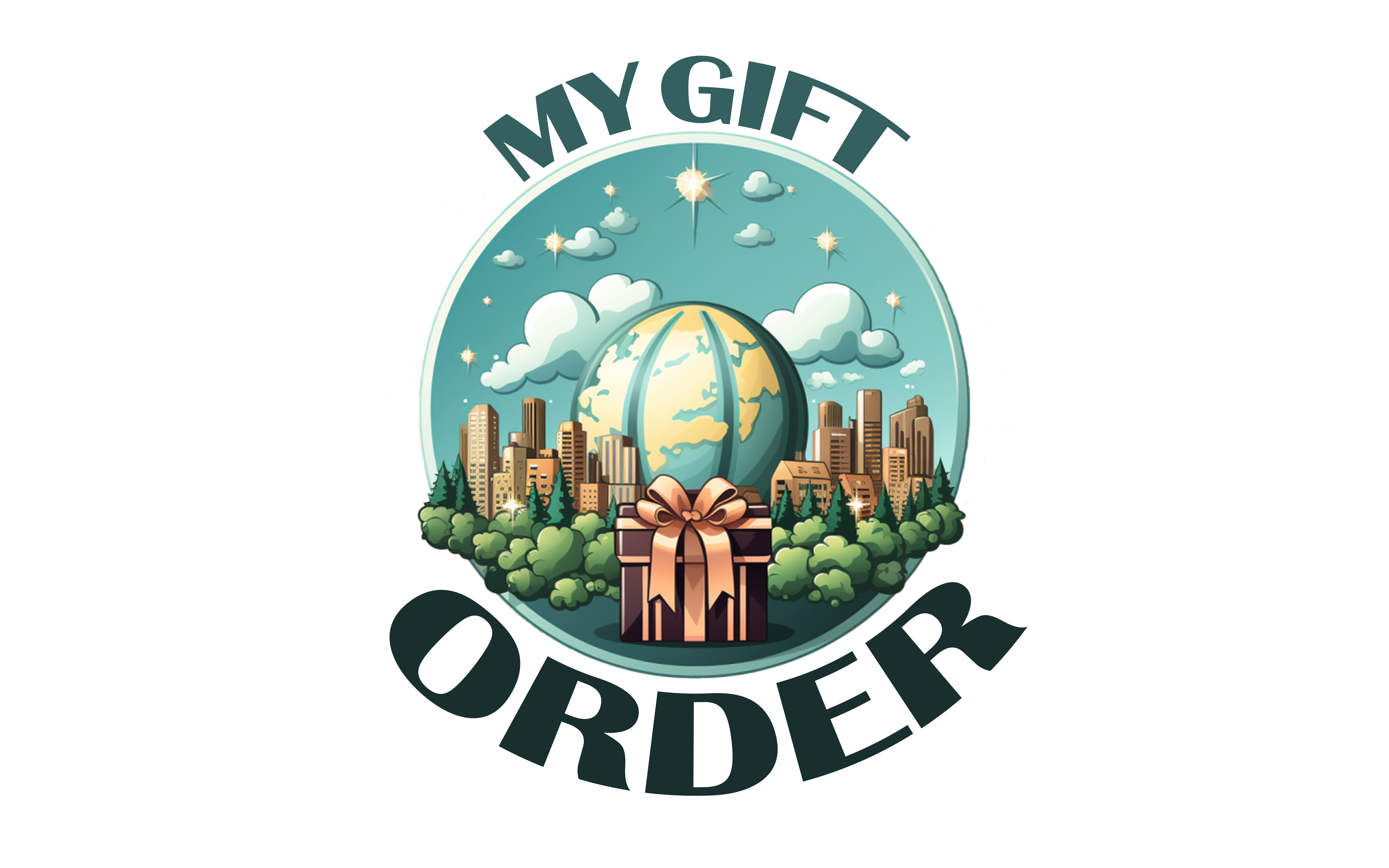The history of hunting game is deeply intertwined with the evolution of human societies. From the earliest prehistoric times to the present day, hunting has played a crucial role in our survival, development, and cultural identity. In this article, we will embark on a journey through the annals of history to explore the various stages of game hunting, from primal necessity to recreational pursuit.
Prehistoric Hunting
Hunting for food was a fundamental aspect of human survival during the Paleolithic era. Early humans relied on their hunting skills to secure meat for sustenance, as well as hides and bones for clothing, tools, and shelter. Stone tools such as spears, bows, and arrows were crafted to facilitate hunting, and evidence of ancient cave paintings depicts scenes of early hunters engaged in pursuit of game animals.
The Neolithic Revolution
As humanity transitioned from nomadic hunter-gatherer lifestyles to settled agricultural communities during the Neolithic era, the reliance on hunting game diminished. Domestication of animals, such as dogs, marked a shift in the relationship between humans and their surroundings. While agriculture became the primary source of sustenance, hunting retained its significance for both practical and ritualistic purposes.
Ancient Civilizations
In ancient civilizations, hunting evolved beyond mere sustenance, transforming into a symbol of prowess, royalty, and social status. The ancient Egyptians, for instance, engaged in hunting as a leisure activity enjoyed by pharaohs and nobility. Hunting scenes were depicted in art and hieroglyphs, emphasizing the connection between hunting and the elite class.
In ancient Greece, hunting was not only a sport but also a part of religious rituals. Artemis, the goddess of the hunt, was revered, and hunting played a role in various myths and legends. The Romans also embraced hunting, with elaborate arenas constructed for staged hunts, known as venationes, where exotic animals were captured and displayed.
Medieval and Renaissance Hunting
During the medieval and Renaissance periods, hunting retained its prestige as a pursuit of the elite. Noble classes engaged in elaborate hunting expeditions, complete with falconry, a practice involving trained birds of prey. The medieval hunt was not only a means of entertainment but also a demonstration of social standing and chivalric values.
Colonial Era
As explorers and settlers ventured into new territories during the age of exploration and colonialism, hunting took on new significance. The quest for furs and skins drove the fur trade, shaping the course of exploration and trade routes. Native American hunting traditions intersected with European practices, influencing the development of distinct hunting cultures in the Americas.
Industrial Revolution
The Industrial Revolution brought about significant changes in hunting dynamics. Urbanization and technological advancements led to increased efficiency in firearms and ammunition. However, these advancements also posed challenges, as overhunting and habitat destruction threatened certain species. Conservation efforts began to emerge as a response to the changing landscape of wildlife populations.
Modern Era
In the 20th century, hunting underwent a paradigm shift towards conservation and regulated recreation. The establishment of wildlife management practices and national parks aimed to protect natural habitats and preserve endangered species. Hunting became subject to strict regulations, including bag limits and seasonal restrictions, to ensure the sustainable use of wildlife resources.
Conclusion
The history of hunting game is a rich tapestry woven into the fabric of human civilization. Today, as ethical and sustainable hunting practices take center stage, the ancient pursuit continues to contribute to our understanding of ecosystems, conservation, and the delicate balance between humans and the natural world.

